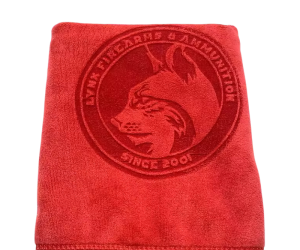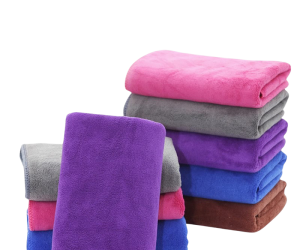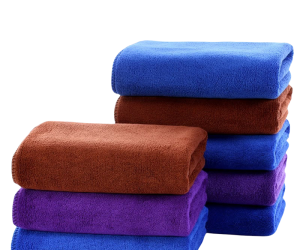What materials are used to make lanyards?
Lanyards are a popular accessory used to carry items such as ID cards, keys, and USB drives. They are commonly used in schools, hospitals, conferences, and workplaces. Lanyards are typically made from a variety of materials, each with its own unique features. In this article, we will explore the materials used to make lanyards and their various characteristics.
1. Polyester
Polyester is the most common material used to make lanyards. It is a synthetic material that is strong, durable, and cost-effective. Polyester lanyards are resistant to water, mildew, and UV light, making them ideal for outdoor use. They are available in a wide range of colors and designs, making them suitable for various branding and marketing purposes.
Polyester lanyards are easy to clean and maintain, and they can withstand wear and tear for extended periods. They are also less likely to break or fray compared to other materials. Polyester lanyards are ideal for organizations that require a durable and cost-effective solution for carrying ID cards or keys.
2. Nylon
Nylon is another popular material used to make lanyards. It is a synthetic material that is softer and more comfortable to wear than polyester. Nylon lanyards are also strong and durable, making them suitable for use in high-traffic areas. They are resistant to water, mildew, and UV light, making them ideal for outdoor use.
Nylon lanyards are available in a range of colors and designs, and they can be customized with logos and text. They are also easy to clean and maintain, and they can withstand wear and tear for extended periods. Nylon lanyards are ideal for organizations that prioritize comfort and durability.
3. Cotton
Cotton is a natural material that is soft, lightweight, and breathable. Cotton lanyards are the most comfortable to wear, and they are ideal for use in hot and humid environments. They are also available in a range of colors and designs, making them suitable for branding and marketing purposes.
However, cotton lanyards are not as durable as polyester or nylon lanyards. They are prone to fading and fraying, and they are not water-resistant. Cotton lanyards are ideal for organizations that prioritize comfort over durability.
4. Silicone
Silicone is a synthetic material that is flexible, durable, and water-resistant. Silicone lanyards are ideal for use in water-based environments, such as swimming pools or water parks. They are also available in a range of colors and designs, making them suitable for branding and marketing purposes.
Silicone lanyards are easy to clean and maintain, and they can withstand wear and tear for extended periods. They are also less likely to break or fray compared to other materials. Silicone lanyards are ideal for organizations that require a durable and water-resistant solution for carrying ID cards or keys.
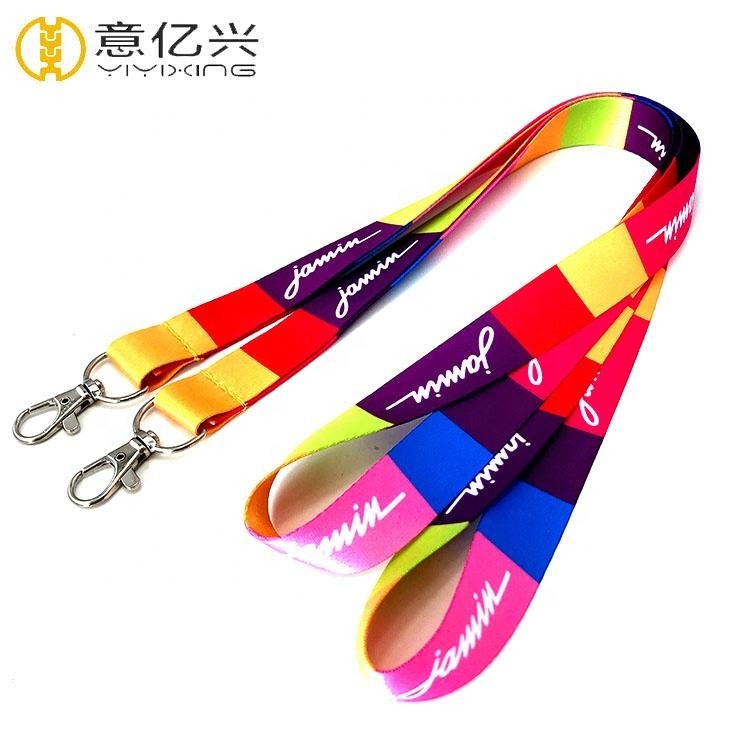
5. Woven Lanyards
Woven lanyards are made from a combination of polyester, nylon, or cotton fibers. They are more durable than traditional lanyards because the design is woven into the fabric, rather than printed on it. Woven lanyards are also more customizable, and they can be designed with intricate patterns and logos.
Woven lanyards are ideal for organizations that require a durable and customizable solution for carrying ID cards or keys. They are also suitable for events and conferences, where the lanyards can be customized with the event's logo or theme.
6. Leather
Leather lanyards are a premium option for organizations that want to convey a sense of sophistication and professionalism. Leather is a natural material that is soft, durable, and water-resistant. Leather lanyards are available in a range of colors and designs, and they can be customized with logos and text.
Leather lanyards are easy to clean and maintain, and they can withstand wear and tear for extended periods. They are also less likely to break or fray compared to other materials. Leather lanyards are ideal for organizations that require a premium and sophisticated solution for carrying ID cards or keys.
Conclusion
In conclusion, the materials used to make lanyards vary in terms of durability, comfort, and aesthetics. Polyester and nylon are the most common materials used, as they are durable and customizable. Cotton lanyards are the most comfortable to wear, but they are not as durable as polyester or nylon lanyards. Silicone lanyards are ideal for water-based environments, while leather lanyards are a premium option for organizations that want to convey a sense of sophistication and professionalism. Woven lanyards are more durable and customizable than traditional lanyards. By considering the specific needs of the organization or individual, the best material for a lanyard can be chosen to ensure durability, comfort, and style.
-
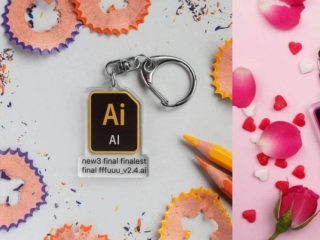 Such a beautiful keychain makes people love and hate!
Such a beautiful keychain makes people love and hate!If you are a designer, then lines like "Tune a little bit here", "Help me change t...
Do you like ?0
Read more -
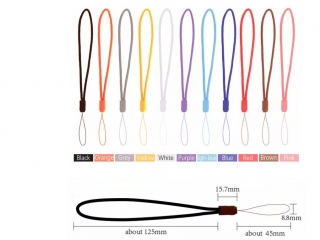 Easy to carry Water Bottle Lanyards buying
Easy to carry Water Bottle Lanyards buying -
 Advantages of using personalized printed Silicone Wristbands
Advantages of using personalized printed Silicone Wristbands -
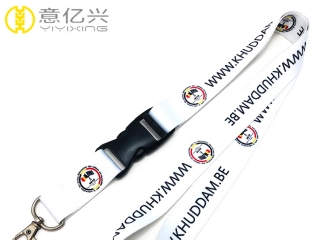 The difference between nylon lanyard vs polyester lanyard - Yiyixing
The difference between nylon lanyard vs polyester lanyard - YiyixingWhat is Polyester Made Lanyards?
When it comes to <...
Do you like ?0
Read more -
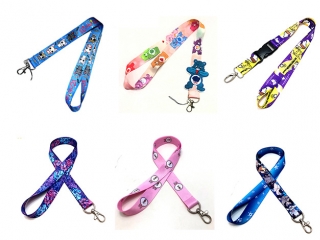 Does Wear Cute lanyard can keep in a good mood?
Does Wear Cute lanyard can keep in a good mood?With the growth of age, girls are more and more inclined to adorabl...
Do you like ?0
Read more -
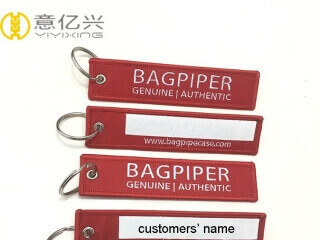 Why not choosing custom flight tags as a gift?
Why not choosing custom flight tags as a gift?Fabric key tag, made by embroidery or woven is one of our new appli...
Do you like ?0
Read more


